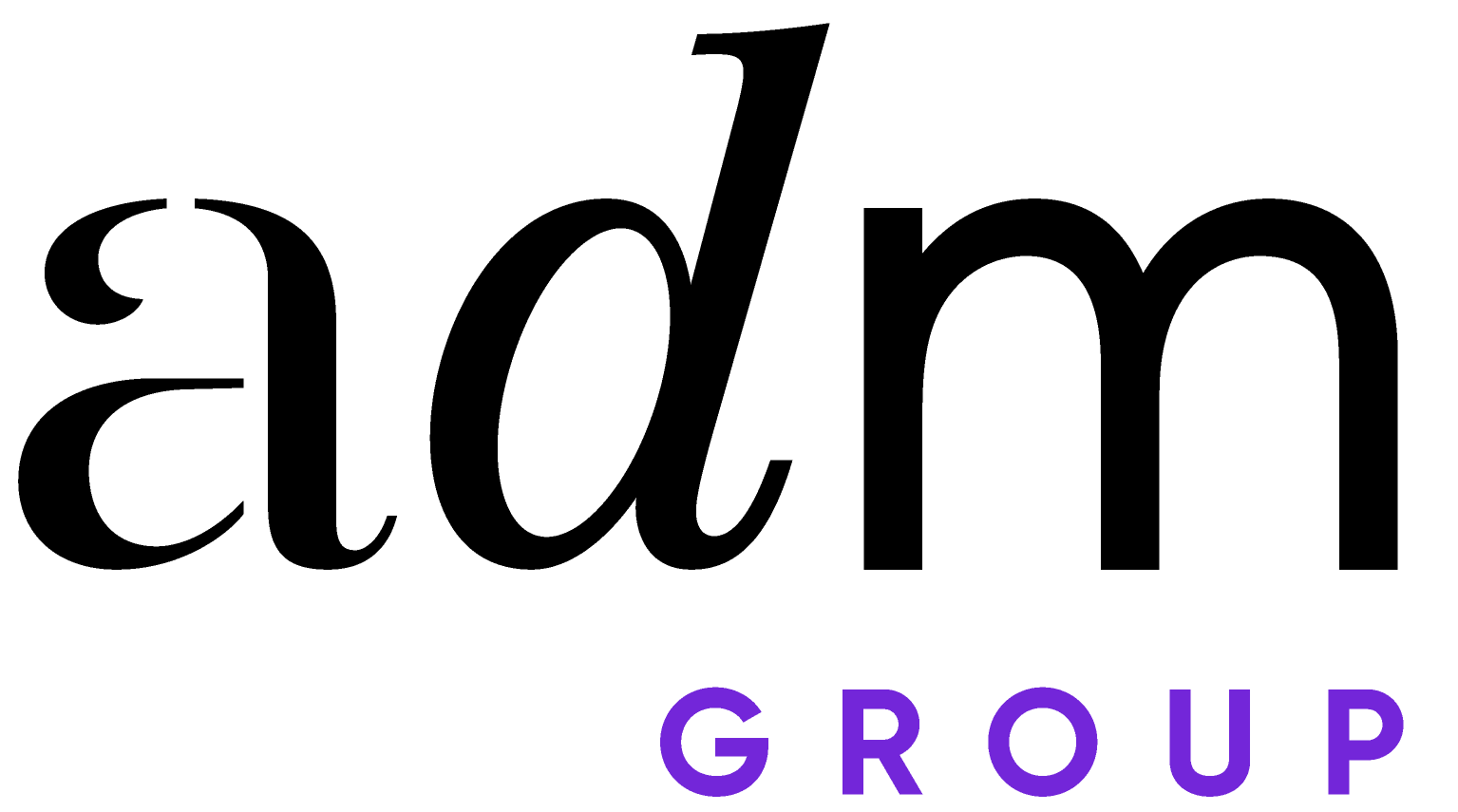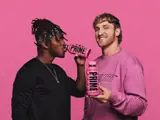What is next for brand collaborations?
5 min read
There is no question that brand collaborations are effective.* Undoubtedly effective and with the retail industry evolving faster that ever, the question now lies with where partnerships should move next – and the direction some brands are already heading in. How can brands utilise new opportunities and trends to anticipate what consumers desire next in their upcoming partnerships?
The Age of Technology
The rise of the metaverse, AR and AI are infiltrating all market sectors, which brands must look to embrace, as the future consumer is excited by these possibilities. New technologies offer brands more scope to surprise and delight consumers, with the excitement of the ‘new’, as well as extended and amplified experiences. Collaborations can create these opportunities to expand a brand's reach into new areas and methods of engagement with their target customer, and increase excitement around their offerings
‘Phygital’ collaborations are delivering the consumer an extended experience using multiple platforms. Through creating an omnichannel customer journey that combines physical and digital in a united engagement strategy, ‘Phygital’ seeks to create seamless on and offline brand experience. L'Oréal -owned Shu Uemura has collaborated with Nike’s digital fashion platform Rfkt to create 3D AR eye stickers that can also be applied to metaverse avatars, whilst Puma and Roc Nation have created scannable tags to celebrate 50 years of hip hop, that offer digital mixtapes with every purchase.
Brands can harness technology within collaborations to offer the future consumer the complete experience, expanding into virtual platforms where they are spending increased time and money. As well as demonstrating they understand current consumer habits, omnichannel offerings lengthen interactions, building stronger brand-customer relationships.
Partnerships for good
93% of consumers believe brands have a responsibility to address diversity and inclusion (Campaign, 2022). Collaborations present a vehicle for brands to emphasize their values, and address inequality and injustice. Beer brands such as Allagash and Crowns & Hops are collaborating to amplify black voices, whilst ASOS’ latest collection partners with SOKO Kenya to support local African communities. Through activating collaborations, brands demonstrate their CSR goals are not just performative.
Collaborations are also focusing on environmental issues, as they offer potential to contribute to the goal of Net Zero. Consumers are keen to see this as well, with 79% saying sustainable practices and commitments are a crucial consideration when making purchase decisions (BBC, 2021).
Major fashion giants are partnering with smaller-scale brands to create sustainable collaboration ranges, from Sportswear giant Fila’s range with sustainability-focused Tala, to adidas and allbirds sneaker range with the lowest possible carbon footprint (at the time of production).
Brand collaborations for positive impacts offer benefits in two approaches – teaming up to generate exposure and publicity towards causes, as well as action towards social, economic, and environmental targets.
Competitor collaboration
Established brand rivals make unlikely collaborators, yet we are starting to see some of the biggest competitors work together, as opposition collaborations offer opportunities to increase the likelihood of consumer purchase.
Joining forces to support common goals can increases the impact of brands’ CSR, as seen with Burger King’s ‘Day without a Whopper’ campaign supporting McDonald’s child cancer fundraiser. In demonstrating commitment that extends beyond individual gain, brands demonstrate authenticity to their consumer – which in the US, consumers rank as being more important than any other attribute (Marigold, 2022).
Collaborating can also increase consumer conversion through mitigating obstacles in the path-to-purchase, as rival partnerships can capture the consumer before the point-of-decision. In the social media world, notable rival personalities KSI and Logan Paul joined together to launch their Prime energy drink business, combining their followings to optimize sales. The Prime drink caused a frenzy, with devoted customers paying up to 650% above RRP just to get their hands on one. Not only do rival partnerships combine target consumers, but they can also generate hype that increases engagement.
Expect the unexpected
The juxtaposition of brand collaborations themselves is expanding. As luxury is redefined **designer brands are no longer gatekeeping their collaborations to exclusively high-end and high-price partners, and more frequently creating ranges with popular and ‘trending’ brands.
From Barbie and Balmain, to North Face and Gucci, unexpected brand collaborations also extend out of the fashion world, and cross-sector. Designer Anya Hindmarch’s 2023 pop-up saw her team up with kitchen staple brands Heinz and Kellogg’s for uniquely flavoured ice cream, whilst Dior and Moncler have collaborated with Champions League football teams.
The changing consumer wants excitement, and through offering the unexpected, brands are generating a talking point – and creating the social media and online trends that are increasingly dictating consumer behaviour themselves.
How can adm help?
adm is at the forefront of the latest technology and insights to help brands get ahead with their collaboration activations. We support brands in FMCG, Beauty, Luxury, Beverages and Hospitality sectors, whether it is starting from new ideation, or working with existing brand partnerships.
We are involved throughout the value journey to drive governance of spend, using our bespoke technology that allows agencies and brands to collaborate, and to help manage the complexity of multiple stakeholders.




